A new state between metal and insulator.



Though the notion of the supernatural has captivated humanity across continents and centuries, the most compelling path to explaining such mysteries may reside in the fundamental operations of nature itself. The premise that there is no realm beyond the natural order underpins the hypothesis that any genuine paranormal or spiritual phenomenon, if it exists, must be quantum in character. On the surface, this sounds audacious: quantum theory is already widely deemed one of the most counterintuitive scientific frameworks, replete with superpositions, entanglement, and the undeniable role of altering reality via measurement. Yet these very features seem to provide the most plausible scaffolding upon which experiences such as extrasensory perception (ESP), clairvoyance, telepathy, contact with disembodied spirits, psychokinesis, reincarnation, or even a continuation of existence in an afterlife, could be built.
Those who have conducted painstaking investigations into alleged parapsychological happenings often begin with the simplest question: Can these events be rigorously documented? The Princeton Engineering Anomalies Research (PEAR) program endeavored to place mind–machine interactions under stringent laboratory conditions for more than two decades, testing whether human intention could alter random-event generators. Their experimental data reported “small but consistent deviations from expected outputs” (Jahn & Dunne, 1987, p. 45). Mainstream critics rightly pointed to the difficulty of reconciling such deviations with known physics. However, these critics also noted that if the data were taken at face value, the underlying mechanism could only be teased out by exploring deeper layers of reality that engage both mind and matter — precisely the realm where quantum theory holds sway.
As we delve further into the annals of psychical research, Dean Radin’s contributions provide an illuminating guide. In The Conscious Universe: The Scientific Truth of Psychic Phenomena, Radin (1997) summarizes meta-analyses across thousands of trials testing telepathy, clairvoyance, and precognition. He concludes that “if psi is real, then we will see small but systematic deviations from chance expectations across many studies” (p. 136). Over and over, this is what he reports. Conventional interpretations falter, but an appeal to quantum processes — whose probabilistic nature might be subtly influenced by consciousness — begins to feel less like arcane speculation and more like a coherent, if daring, hypothesis.
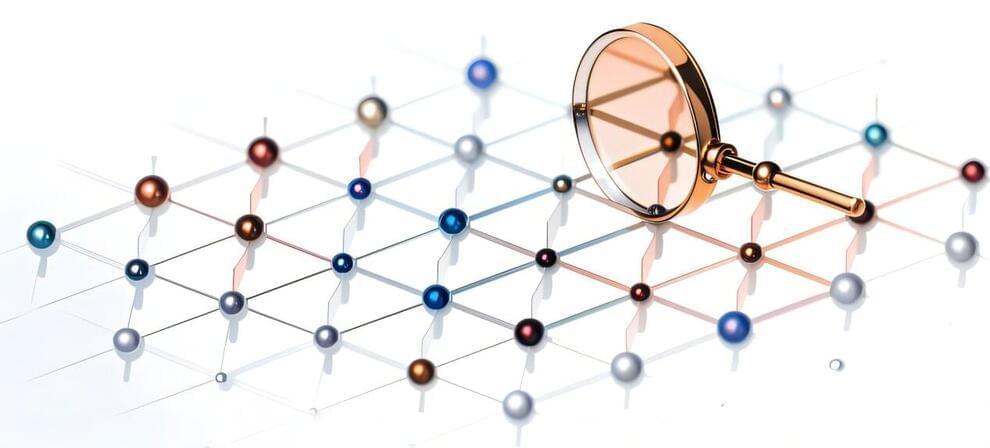
Quantum entanglement—a phenomenon where particles are mysteriously linked no matter how far apart they are—presents a long-standing challenge in the physical world, particularly in understanding its behavior within complex quantum systems.
A research team from the Department of Physics at The University of Hong Kong (HKU) and their collaborators have recently developed a novel algorithm in quantum physics known as ‘entanglement microscopy’ that enables visualization and mapping of this extraordinary phenomenon at a microscopic scale.
By zooming in on the intricate interactions of entangled particles, one can uncover the hidden structures of quantum matter, revealing insights that could transform technology and deepen the understanding of the universe.

The Search for Quantum Gravity
Physics faces a profound crisis as it struggles to unify two foundational theories: general relativity and quantum mechanics. While general relativity explains gravity and large-scale phenomena, quantum mechanics governs the microscopic world of particles. Despite their individual successes, these theories conflict, prompting the need for a unified framework known as quantum gravity.
One promising approach is string theory, which posits that particles are actually vibrating strings in up to 11 dimensions. However, its lack of testable predictions has spurred alternative ideas, such as loop quantum gravity. This theory envisions space and time as a network of minuscule loops, challenging the notion of time as a fundamental construct. Remarkably, loop quantum gravity suggests time might not exist at all.
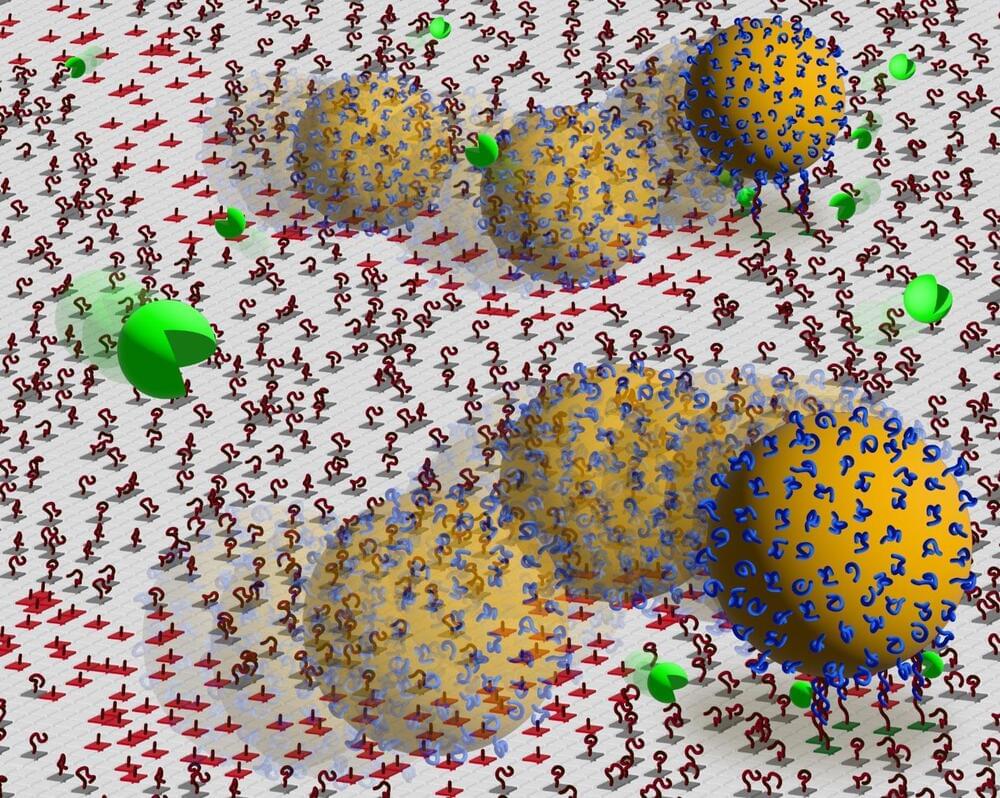
Researchers leverage their understanding of molecular motors to improve nanoscale.
The term “nanoscale” refers to dimensions that are measured in nanometers (nm), with one nanometer equaling one-billionth of a meter. This scale encompasses sizes from approximately 1 to 100 nanometers, where unique physical, chemical, and biological properties emerge that are not present in bulk materials. At the nanoscale, materials exhibit phenomena such as quantum effects and increased surface area to volume ratios, which can significantly alter their optical, electrical, and magnetic behaviors. These characteristics make nanoscale materials highly valuable for a wide range of applications, including electronics, medicine, and materials science.

NEW MEXICO (KRQE) – The world’s largest integrated quantum computing company announced plans to expand into New Mexico.
Quantinuum’s new location will be a research and development hub aimed at advancing photonics technologies. The company is headquartered in Broomfield, Colorado. “I am thrilled to welcome Quantinuum to New Mexico, launching a new industry for our state that builds on our proud foundation of innovation,” said New Mexico Governor Michelle Lujan Grisham in a news release.
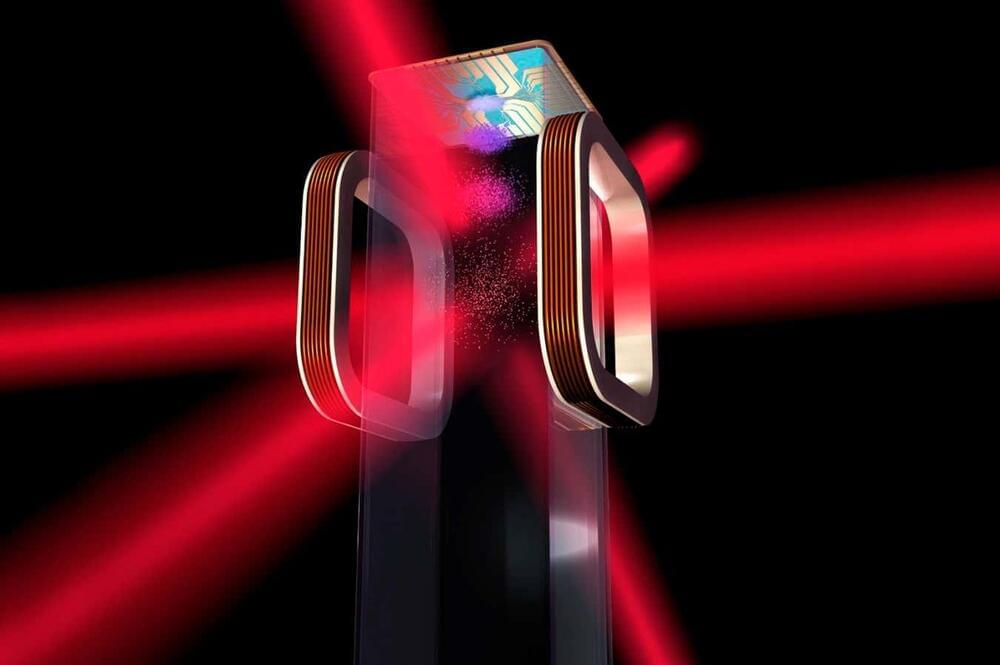
When their quantum properties are precisely controlled, some ultracold atoms can resist the laws of physics that suggest everything tends towards disorder.
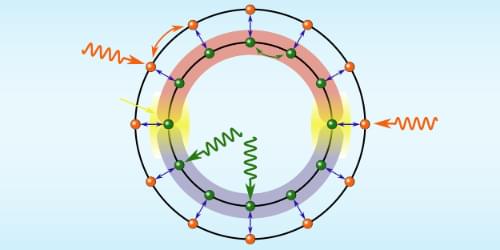
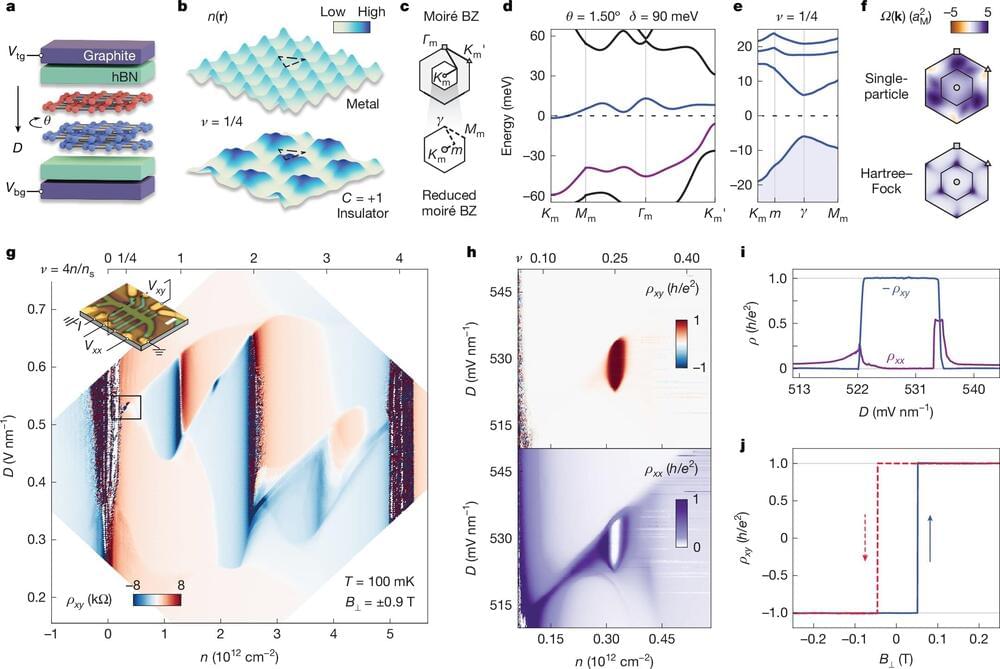
Researchers from the University of British Columbia, the University of Washington, and Johns Hopkins University have identified a new class of quantum states in a custom-engineered graphene structure.
Published in Nature, the study reports the discovery of topological electronic crystals in twisted bilayer–trilayer graphene, a system created by introducing a precise rotational twist between stacked two-dimensional materials.
“The starting point for this work is two flakes of graphene, which are made up of carbon atoms arranged in a honeycomb structure. The way electrons hop between the carbon atoms determines the electrical properties of the graphene, which ends up being superficially similar to more common conductors like copper,” said Prof. Joshua Folk, a member of UBC’s Physics and Astronomy Department and the Blusson Quantum Matter Institute (UBC Blusson QMI).

In a new Nature Communications study, scientists have demonstrated the quantum version of the strong Mpemba effect (sME) in a single trapped ion system.
The Mpemba effect is a counterintuitive phenomenon in which—under certain conditions—hotter water cools faster than colder water.
It was first described by Tanzanian high school student Erasto Bartholomeo Mpemba in 1963. However, according to early scientific literature, it was observed much earlier, as far as Aristotelian times.